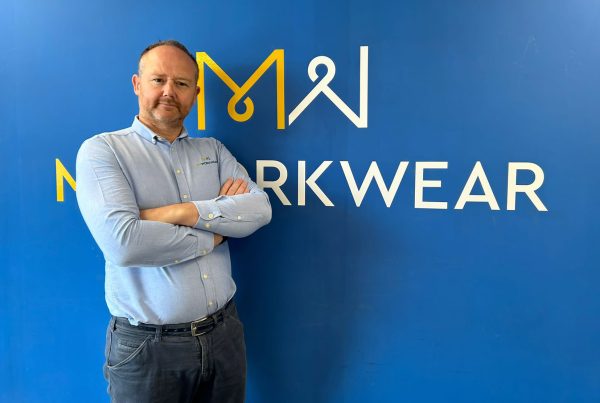Employees are applying only 54% of the new skills they learn, despite the number of skills required for a single job increasing by 10% year-over-year, according to Gartner, Inc. Gartner TalentNeuron data reveals that 33% of the skills needed three years ago are no longer relevant.
The business impacts of the COVID-19 pandemic, along with other business disruptions like executive leadership turnover, continue to amplify the need for new skills as business strategies shift and employees adapt to new ways of working. In response to the fast-changing skills environment, nearly two-thirds of HR leaders have had to take a reactive approach to addressing skill needs, which results in employees failing to apply almost half of the new skills they learn.
�While the majority of organizations are utilizing a reactive approach to skills building that doesn�t work, most are still striving to be more predictive to get ahead of skill shifts,� said Sari Wilde, managing vice president in the Gartner HR practice. �The problem is that a predictive approach predicated on HR identifying a specific skill set need for the future also fails.�
Moving From Reactive to Predictive Doesn�t Work
HR leaders are under pressure from all stakeholders to get ahead of future skills needs. Gartner�s 2020 Shifting Skills Survey for HR Executives reveals that 60% of HR leaders report pressure from the CEO to ensure employees have the skills needed in the future. The same survey found that, compared with three years ago, 69% of HR executives report more pressure from employees to provide development opportunities that will prepare them for future roles.
Unfortunately, predicting and committing to a defined set of future skills leads organizations to focus on the wrong skills. In fact, when HR leaders take a predictive approach to managing shifting skills, employees apply only 37% of the new skills they learn.
A Dynamic Approach to Skill Development Is Best
The most effective HR functions use a dynamic skills approach focused on structuring HR and the organization � people, systems and strategies � to be able to respond dynamically to changing skills needs. This approach helps HR sense shifting skills needs in real time, develop skills at the time of need and empowers employees to make informed skills decisions dynamically.
Leveraging a dynamic skills approach enables HR to do three critical things:
- Sense shifting skills in real time. A dynamic skills approach anticipates skill shifts as they are occurring�rather than predicting the future�and adapts to those shifts in an iterative, course-corrective way. To sense shifting skills, organizations can facilitate cross-organizational networks of stakeholders that are sensitive to, and empowered to, address skills as they shift in real time.
- Develop skills at the time of need. This approach goes beyond the realm of traditional learning and development (L&D) tactics, such as classroom training or curated e-learning libraries. To develop skills at the time of need, organizations are able to identify and implement skill accelerators � strategies HR can adapt by leveraging existing resources (e.g., content, people, skill adjacencies) to develop new skills solutions at speed.
- Employees make skills decisions dynamically. A dynamic skills approach calls for two-way skills transparency between the organization (e.g., what skills it needs, what skills it no longer needs, where it�s needs are unknown) and the employee (e.g., current skills and interests). HR is then able to create channels for employees and the organization to exchange skills information, which facilitates a better match between employees and their organization to pursue mutually beneficial and flexible skills development.
�Organizations that embrace a dynamic approach to developing skills find that employees are both learning the right skills and extracting the value from those skills in a way they do not within the reactive and predictive approaches,� said Ms. Wilde. �The result is that employees apply 75% of the new skills they learn.�
The dynamic skills approach boosts other key talent outcomes as well, including a 24% improvement in employee performance and a 34% improvement in employees going above and beyond at work.
Gartner clients can read more in the Gartner report, �Building a Dynamic Skills Organization.�
CHROs and HR leaders can learn more about how to lead organizations through the disruption of coronavirus in the Gartner coronavirus resource center for HR, a collection of complimentary Gartner research and webinars to help organizations globally respond, manage and prepare for the next phase of COVID-19.




